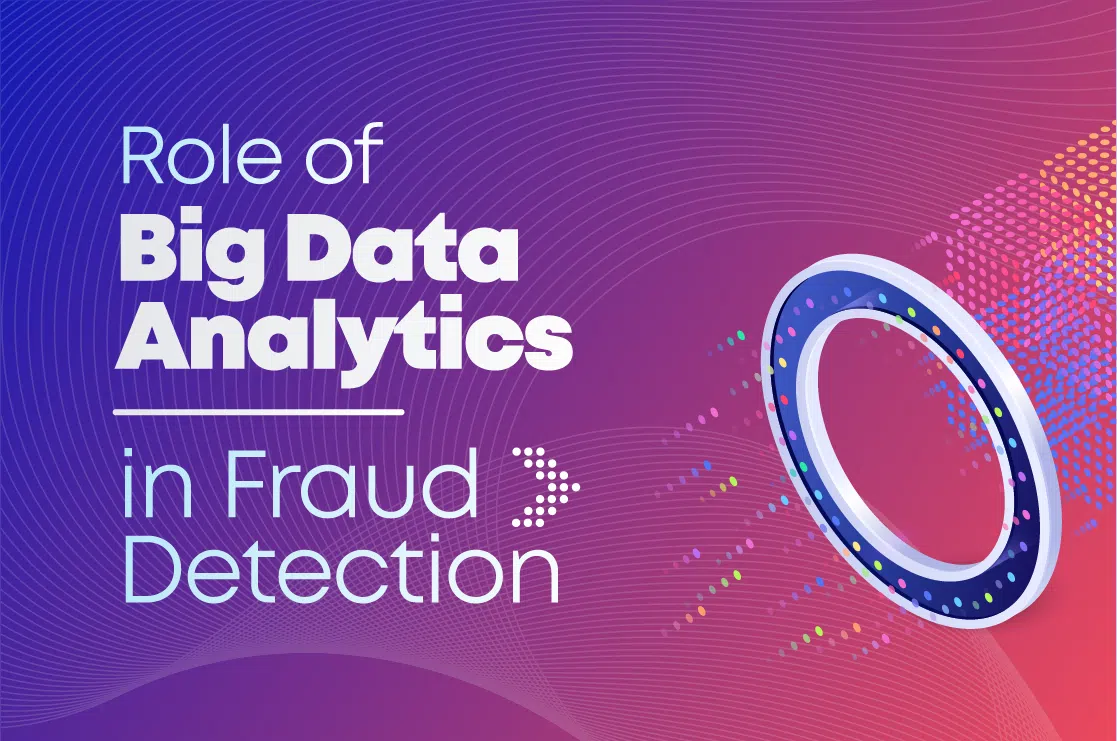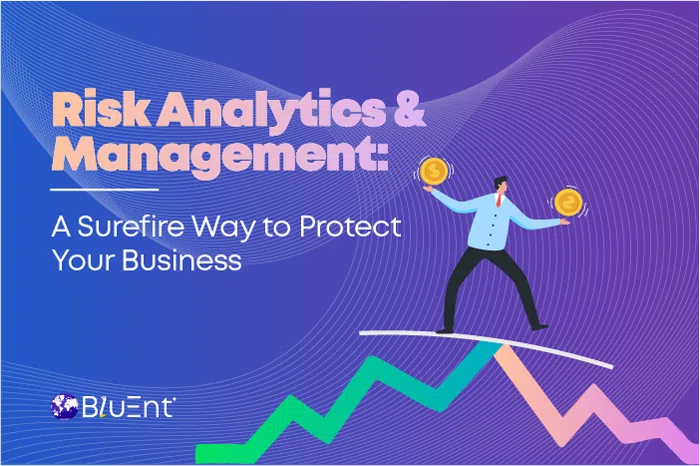You've probably heard the term big data. You might even be considering implementing it for your business.
After all, according to MicroStrategy, 90% of businesses say that analytics and data are crucial to the digital transformation of their organization.
Furthermore, as per Dresner, 36% of organizations consider big data a critical function and 29% say it is very important.
To give you an idea of why everyone is going on about it, Netflix saves 1 billion USD per year on customer retention thanks to big data.
But what is this term that everyone keeps throwing around?
We'll dive into the world of big data management and break it down for you.
Table of Contents:
What is Big Data?
Before we jump into big data, let's start with just data.
Data is a group of facts. These can include words, numbers, observations, descriptions or measurements.
It can be subdivided into qualitative and quantitative data. Qualitative data is descriptive. For example, "The person's blood type is B+, they have blonde hair, and they drive a Mercedes." Quantitative data is numerical. For example, "97% of a high school class is going to college" or "80 of the 100 shoes sold on Thursday were blue."
There are many ways of collecting data, such as direct observation and surveys.
However, data is also a group of facts. Hence, "The data is accurate," also works!
Big data can be considered a subdivision of data. The size of big data is so large that traditional methods and tools of data management cannot apply. It is defined by 5 v's: volume, veracity, variety, velocity and value.
The market revenue for big data analytics is expected to reach 274 billion USD by 2022, according to International Data Cooperation.
Recommended Reading:
What is Big Data Used For?
Big data implementation opens doors to vast opportunities. A whopping 97.2% of organizations are investing in artificial intelligence and big data, according to New Vantage.
By 2027, software is anticipated to become the largest big data market segment, with a share of 45%. (In 2018, it was services, with a 38% share.)
Big data has many uses across business, healthcare, governance, and so on.
As an example, for companies, it can broadly help in the following five ways: Understanding customers, making better decisions, developing better products and/or services, improving operations, and driving income.
In healthcare, big data solutions can be used to improve treatment and monitoring. Other uses include fraud detection and handling, advertising, and creating the right content for entertainment.
A few common techniques for big data management and analysis include predictive analytics, AI, machine learning and data mining.
Examples of Big Data
-
The New York Stock Exchange: One terabyte of new data about trade each day.
-
Facebook: Over 500 terabytes of new data every day.
-
Wearable devices for healthcare: Real-time feed to electronic health records of an individual.
-
Government: Records and databases of their citizens that help with welfare and cyber security.
Common Terms You Should Know
-
Cloud Computing: This delivers computing services and resources over the Internet or private networks.
-
Data Lake: As the name suggests, it is a central pool or repository where you can store both structured and unstructured data. Considered complementary to data warehouses.
-
Data Mining: Also called Knowledge Discovery in Data (KDD). It is the process of identifying and discovering patterns in data.
-
Data Visualization: Graphics such as charts that portray data. This makes it easier to analyze and understand.
-
Data Warehouse: A digital storage system or repository that collects large amounts of data from various sources. It stores both historical and current data in one place.
-
Internet of Things: A system of computing devices that are Internet-connected. An example would be a smart home security system or wearable health monitor.
-
Machine Learning: A branch of computer science and artificial intelligence, referring to the capacity of machines to imitate human intelligence via algorithms and data.
What Are Some Tools Used in Big Data?
Big data tools help people to analyze information. They help make the process of data analytics more cost and time effective.
-
Hadoop: You're going to see this name pop up on almost any article about big data technologies and/or tools.
Apache Hadoop is an open-source framework that allows you to process big data across clusters of computers. It was developed in response to the difficulty of storing, processing, and retrieving big data.
Advantages: cost efficiency, scalability, flexibility, faster processing and storage, processing power, and fault tolerance.
Challenges: a steep learning curve, lack of comprehensive tools for management, governance and metadata, and some data security issues.
Companies that use or have used Hadoop for big data analytics include Marks and Spencer, British Airways, the Royal Mail, and Expedia.
-
Storm: This is another free, open-source system. It is primarily a solution for processing real-time streams.
Advantages: Easy to implement, dynamic scaling, can be integrated with any programming language, integrated with Hadoop, can process 1 million 100-byte messages per node per second.
Challenges: Can solve only one type of problem (Stream processing), few resources available in market, complex for developers to develop apps.
Companies that use or have used Apache Storm include Spotify, Twitter, Yelp and Okta.
-
HPCC: High-Performance Computing Cluster (HPCC) was developed by LexisNexis Risk Solution. It is also called DAS (Data Analytics Supercomputer). It is a free tool.
Advantages: Parallel data processing, scalable, agile, comprehensive and cost-effective.
Challenges: Delivers only on a single programming language, architecture and platform.
Companies that use or have used HPCC include Infosys, Fraud Defense Network, and Citrix.
Challenges in Big Data Management – And How to Fix Them
Many businesses stumble when it comes to managing and analyzing their big data. Here are a few common pain points, and how to fix them:
-
Lack of new insights: This can occur due to a lack of adequate data or a system developed for batch processing when you want to receive real-time insights.
For the first cause, run a data audit. The integration of new data sources can help. Furthermore, examine how raw data comes into the system. You can include a data lake if data storage diversity is an issue.
For the second, check whether your extract, transform, load (ETL) can process your data more frequently. You can also use the Lambda Architecture approach, in which you can combine a quick real-time stream with the traditional pipeline.
-
Inaccurate analytics: This is largely due to poor quality of source data and system defects regarding the data flow. These issues can be helped with a data validation process, verification of the development life-cycle, and quality management.
-
Expensive maintenance: You can usually chalk this down to outdated technologies and not using all the system capabilities. The best thing you can do is move on to new big data technologies, optimizing your processes, and revising your business metrics.
Conclusion
And there you have it! A starter pack for big data analytics.
But not every company will have the resources or time to manage their data by themselves. For them, there's BluEnt's big data analytics services.
Our big data experts will work with you to improve your products and services, streamline your internal processes, boost your marketing, and identify your customers' behavior patterns.
We serve Fortune companies, energy companies, homebuilders, tech companies, and SMEs.
Ready to increase your ROI with big data analytics and insights tailored to your business needs? Contact us now!
Maximum Value. Achieved.



 Fraud Data Analytics: How to Detect and Prevent Fraud Using Data
Fraud Data Analytics: How to Detect and Prevent Fraud Using Data  Risk Analysis & Management: A New Approach to Managing Business Uncertainty
Risk Analysis & Management: A New Approach to Managing Business Uncertainty 